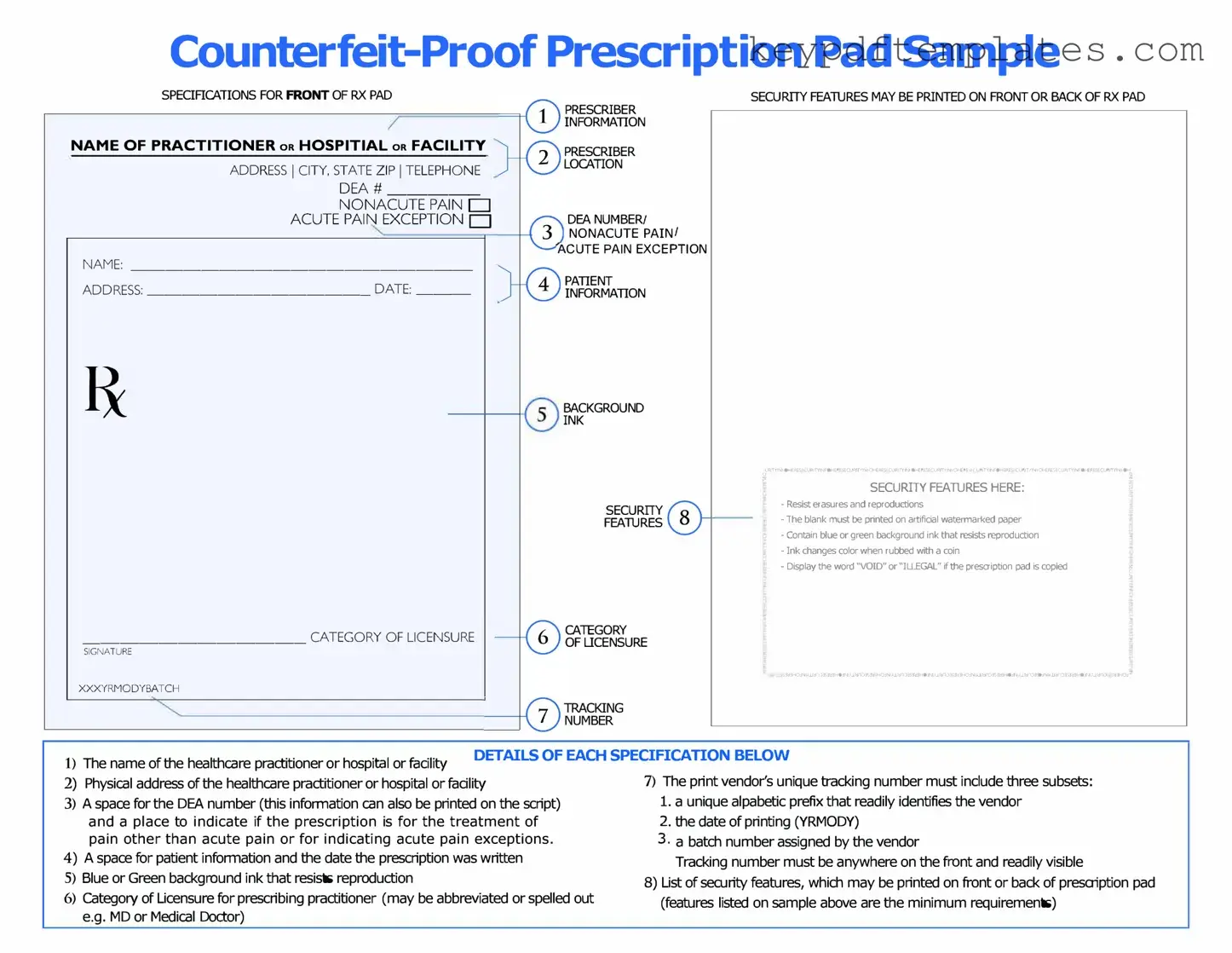Get Prescription Pad Form
The Prescription Pad form is a standardized document used by healthcare providers to prescribe medications to patients. This form ensures that prescriptions are clear, accurate, and compliant with regulatory requirements. Understanding its components and proper usage is essential for both healthcare professionals and patients alike.
Modify Document Online
